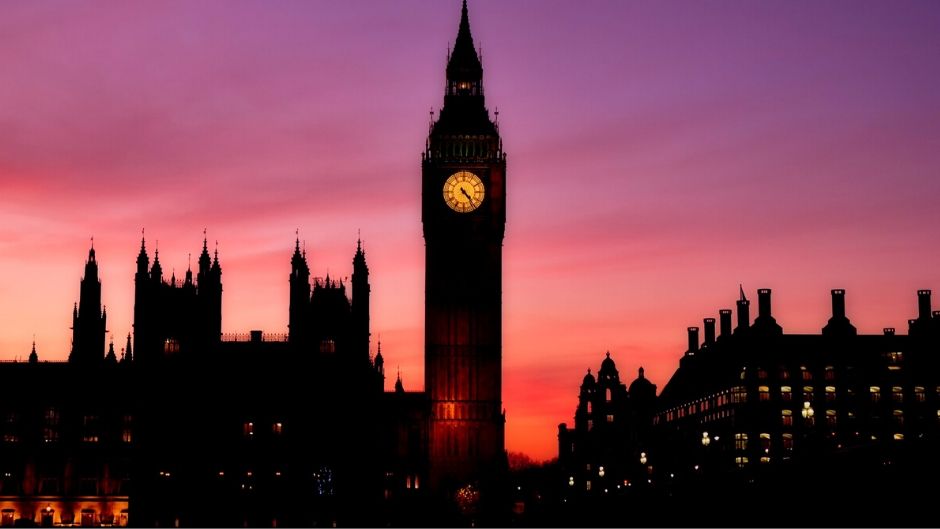While Boris Johnson’s record for winning votes in Parliament is rather poor (one out of seven) he did, at least, get a majority of thirty for getting his deal through, even if it wasn’t within the timeframe he wanted. In the end, he missed his deadline and was forced down an alternative path.

Instead, we have a general election in mid-December, just three weeks away now, with the big question being: will most people vote with their usual party allegiances or according to how they voted on Brexit? It’s the hardest election to call in a long time, and although the Conservatives have a lead in the polls in the early stages, we know that things can turn very quickly. Boris and co. have already made a few mistakes, although this has not impacted their polling numbers in any real way. Sitting just above 40%, the same level they managed in the 2017 election, a lot may come down to tactical voting.
Party Policies
It does also look as though all parties are widening their spending promises. The Conservatives and Labour are promising money for capital investment and infrastructure, while the Liberal Democrats and the Green Party are allocating a little more to climate change initiatives. All parties seem ready to spend on the NHS.
That means it may well come down to Brexit, where the choices are fairly clear. The Brexit party offer a no-deal Brexit, the Tories offer Brexit – with a deal, Labour offers a second referendum, although we still have no idea what their message will be to the country, and the Lib Dems offer no Brexit at all.
The Lib Dems are hoping that almost all those who voted Remain in the referendum will support them, creating a strong and sizeable force. The polls show them a comfortable third, but only in the mid-teens.
A hung Parliament?
The Conservatives and Labour are taking the lead, but with the peculiarities of ‘first past the post’ voting and a real chance of tactical voting it could still be a very close call when the country goes to the booths.
There are also the possibilities of many different ‘alliances.’ However, no one seems prepared to call them coalitions at the moment.

Meanwhile, the Brexit Party are deliberately targeting seats where there was a strong Leave vote in the referendum, but NOT those held by Conservatives, hoping to weaken support for Labour. If the Tories fail to win an outright majority then these two parties could work together to ‘get Brexit done’.
On the other side, Plaid Cymru, the Green Party, the Lib Dems and the SNP have all committed to doing everything they can, including working together, to block a Conservative government. The SNP are also willing to lend their support to Labour in the event Jeremy Corbyn wins enough seats to form a minority government, although on the precondition that he would sanction a second referendum on Scottish independence. So there could be not one, but two referenda next year.
Uncertainty for businesses
All this comes at a time when global growth continues to struggle as the trade talks between the United States and China remain unresolved. It did look as though they were close to a deal of sorts. However, in recent days, the ground between the two sides appears to have opened up again. Chinese GDP has dropped to 6%, the lowest level since 2009 and the trend is worryingly still in decline.
In the US the Federal Reserve has said they have probably finished cutting rates for the time being now, something that is almost certain to provoke a reaction from the President. A year from now America will be having their own election and we still do not know who will be challenging Donald Trump. There are some rumours that Michael Bloomberg is considering running, a far more experienced and adversarial candidate than any of the others. That would certainly make the contest more interesting.
The one thing missing is any clarity. Arguably the biggest risk in this general election is a hung parliament, leading to another few months of uncertainty for British businesses. There is a palpable feeling that people need to know what the future will bring so that they can get back to business, invest in their companies and build relationships with the appropriate suppliers and customers.



























